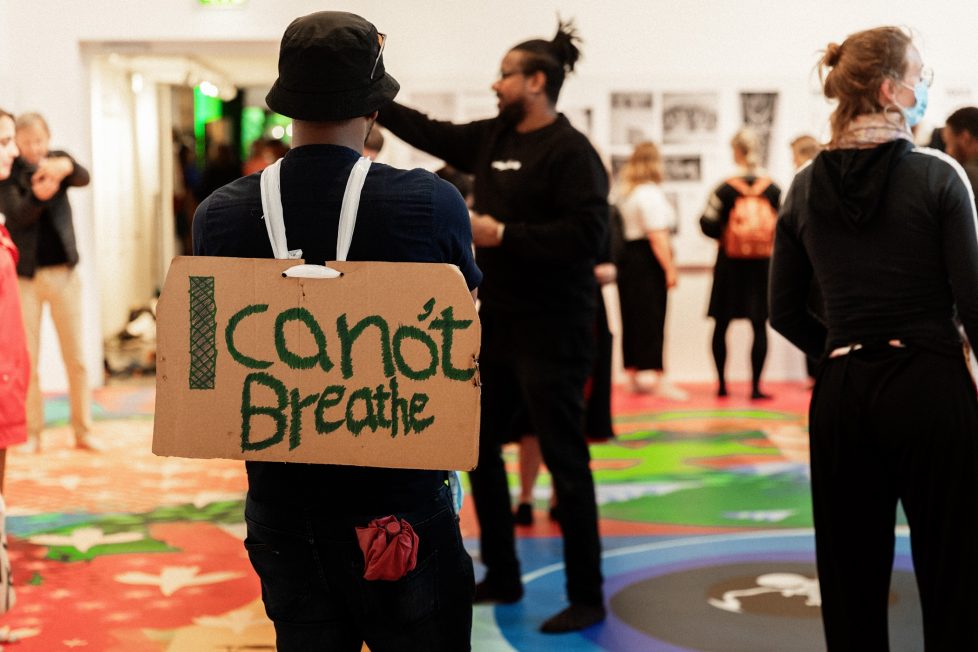
The Black Lives Matter protest rally, Spikersuppa, Oslo
“Now we need art more than ever!” became a kind of chorus on social media and in newspaper headlines during the pandemic-ridden spring. But even though I missed going to exhibitions, it felt far more important to take part in the Black Lives Matter protest rally in front of the Norwegian Parliament in Oslo. The fight against racism found unusually vigorous expression that day, and it felt particularly poignant to shout “no racism in our streets” in Norwegian. Then it all got derailed into a rather uninteresting discussion about statues. Even so, it has become far more difficult for arts and culture institutions to ignore the demand for diversity.

Pablo Picasso, Picasso 347, Henie Onstad Kunstsenter, Bærum
In Picasso 347, the artist acts as a smug and complacent pig, full of affectations and foolhardily willing to sacrifice whatever it takes to create his art. The exhibition was also a contribution to the ongoing debate on the preservation of the Y-blokka building. That, however, did not go as hoped. While most people were fumbling their way out of lockdown, the Norwegian state was already busily demolishing the entire building. Now, Picasso’s Fishermen has been left behind in a grotesque wooden box. As the cost of a new government district continues to rise, the box looks set to become a permanent monument to the short-lived satisfaction of destroying things.

Nils-Aslak Valkeapää, Áillohaš (1943–2001), Henie Onstad Kunstsenter, Bærum
Originally, Beaivi Áhčážan (The Sun, My Father, 1988) was a poetry collection featuring approximately 390 photographs from Sápmi that Nils-Aslak Valkepää had excavated from museums and ethnographic collections. At Henie Onstad, these projected images are accompanied by the soundtrack from an album release on which Valkepää reads the poem quietly, with almost deadpan delivery. The soundtrack slowly rises in volume, light drums keep a steady beat, and neither the music nor the series’ array of people and landscapes seem about to stop anytime soon. A people emerge here, marked by the Arctic climate, by unity and pride, and by the oppression to which they have been subjected. The sense of their presence is intense.
– Andreas Breivik is a writer, critic, and regular contributor to Kunstkritikk. He has studied aesthetics and literature in Oslo and California. Currently, he is working on a master’s degree in art history at the University of Oslo, focusing on Norwegian art in the 1980s.
For this year’s contributions to Kunstkritikk’s Advent Calendar, see here.












Comments